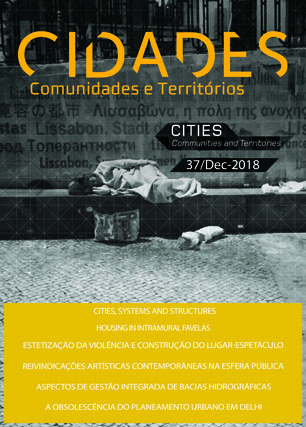Housing in “Intramural Favelas”: Considerations on New Forms of Urban Expansion in Contemporary Times
Keywords:
housing, favelas, deindustrialization, Rio de Janeiro, occupationAbstract
This paper develops a deeper look into new residential appropriations of space in marginalized areas of a large Brazilian city, while highlighting the subjective importance of housing and its meaning beyond the idea of shelter. Firstly, it presents a brief history of Rio de Janeiro’s favelas – the local version of slums – and its relationship with vacant land over the past 100 years. Then, it explains the value of self-built housing and its contribution to the consolidation of multiple and hybrid territories, highlighting their subjective character. Lastly, it presents a case study called Portelinha, located in a set of favelas known as the Maré Complex, stressing how this mixed occupation has transformed the local urban fabric, leading to the emergence of what is referred to as an “intramural favela”. This phenomenon consists of the self-construction of a smaller-scale set of houses within the walls of a former factory turned into an industrial void in the 1990s. The analysis shows how this housing appropriation is articulated with other activities, especially cultural ones, leading to a diversity of social actors, alliances and conflicts, turning it into a real disputed territory. Cases like this reflect the challenges with which architects and planners need to deal with when working in the unequal urban contexts that are so common in the Global South.
Downloads
Published
Issue
Section
License
Cidades, Comunidades e Territórios by DINÂMIA'CET-IUL is licensed under a Creative Commons Atribuição-Uso Não-Comercial-Proibição de realização de Obras Derivadas 4.0 Unported License.Permissions beyond the scope of this license may be available at mailto:cidades.dinamiacet@iscte.pt.






